This Blog Post Is A Diversion From Your Main Readings
By Eelcire 8 Comments
Currently, I am working on Tales of Vesperia and am nearing the end of the game. As such, I decided to finish up many of the side missions that I had been working on over the course of the game. One of these missions involved Judith and her missing spear. Throughout the game, I had triggered many events that furthered the side mission of finding Judith's spear; and at the final town visited I triggered yet another even involving Judith with the president of Fortune's Market. According to guides, I needed to travel to some town ruins that I had visited earlier in the game. There, I would meet up with bandits who had Judith's spear and would they would get chased down - side mission over! Except, the bandits never appear.
After consulting the guide again, it would seem that I missed (easily) a certain event near the beginning of the game. Not triggering this event, the bandits never appear at the ruins and I can't get Judith's spear to finish this side mission. So my question to the developers is this: why lead me on through scripted events if I can't finish the side mission?
My game time now sits at over 140 hours, and I have yet to beat Tales of Vesperia. This amount of time is mainly due to me exploring each area and talking with people multiple times (and also a good amount of grinding). Yet, I still miss many side missions that should be available. It feels like now I need to speak to a certain person, at the right time of day, wearing certain armor, at a specific spot, using the right character, just to trigger an event. Oops! Forgot to say 'Hi!' to his sister back three towns ago and before I had defeated a boss. Too late now!
Tales of Vesperia does redeem itself however in it's grade system in battles. Each battle fought is graded based on certain criteria, and at the beginning of a new game (after beating the game), you are able to use the accumulated grade points as a currency in exchange for carrying over various aspects from your previous game. Hopefully I'll have the time to actually play the game a second time; as it stands now, I already have quite a back log of games, and would still like to do second play-throughs of Fable II and Lost Odyssey.
Speaking of which, Lost Odyssey also robbed me of an achievement for maximizing skill levels for all the immortal characters due to me missing two spells at a shop. By the time I realized that I had missed the spells, the shop had changed it's inventory! GAH!
tl;dr
Don't show events to side missions that players aren't able to complete (due to missing something earlier)!
If an item is easily purchasable at the beginning of the game, it should be just as easy to purchase at the end of the game!

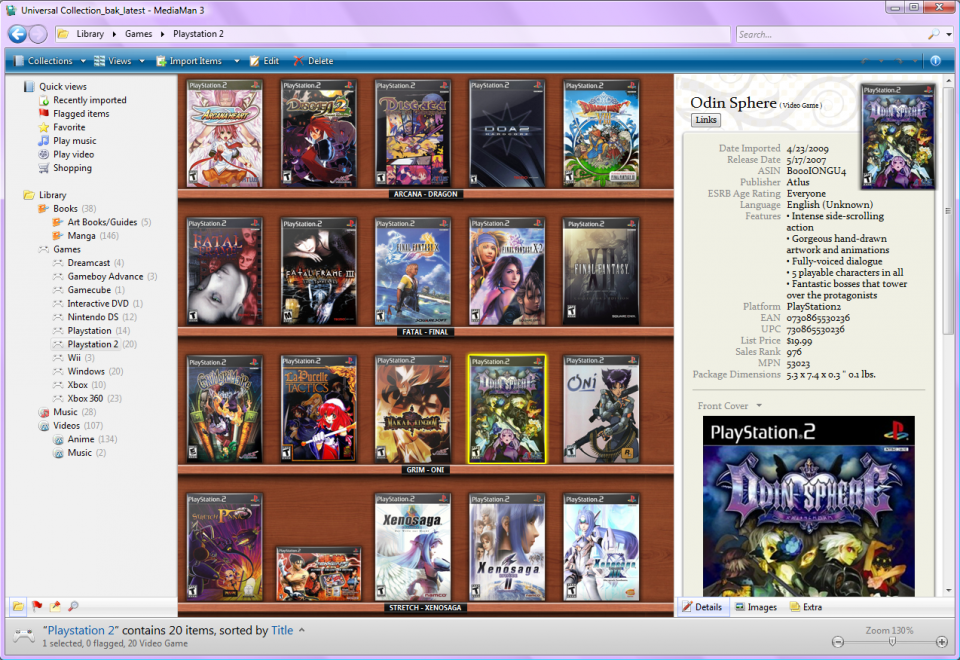
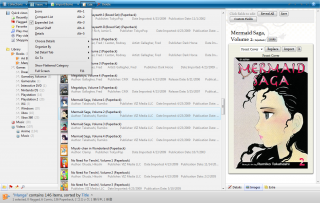
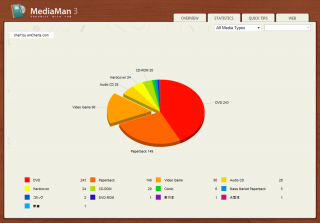
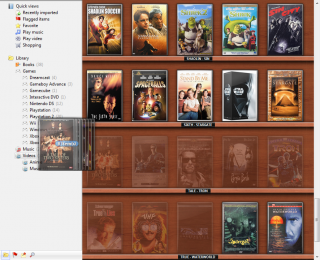
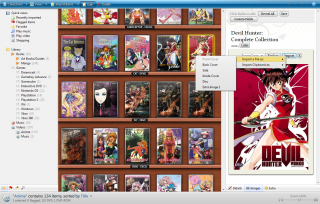
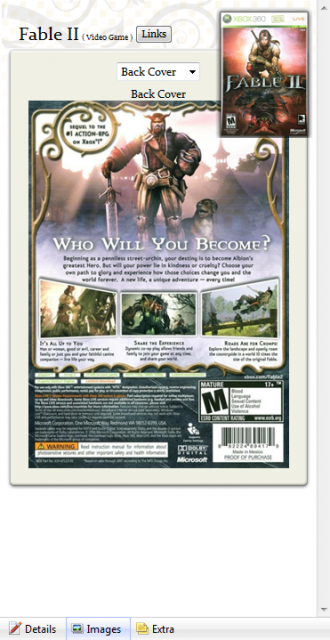
Log in to comment